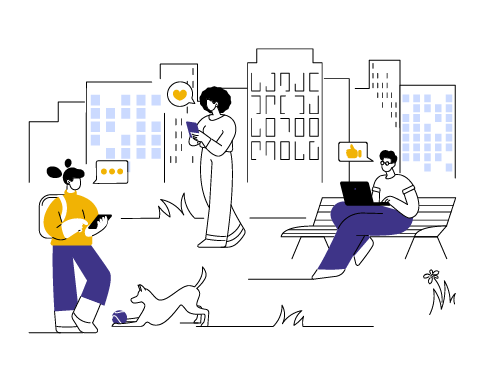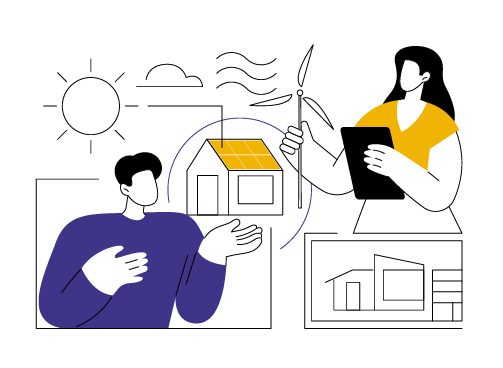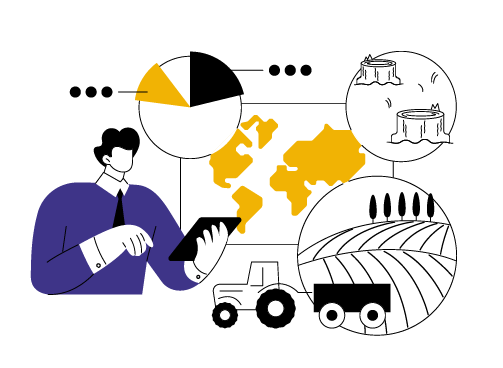
Driving Urban Transitions (DUT) is
a European partnership that supports cities in their transformation towards more sustainable and resilient urban environments. It helps policymakers, researchers, and businesses develop and implement innovative solutions for urban transformation.
By bridging research, policy, and practice, DUT ensures that cities have the tools and strategies needed to address the challenges of climate change, urbanisation, and resource efficiency.
The main goals of DUT





DUT’s Transition Pathways



